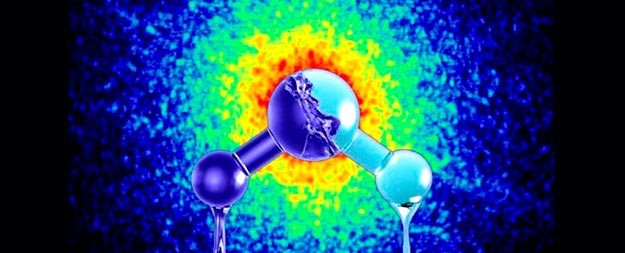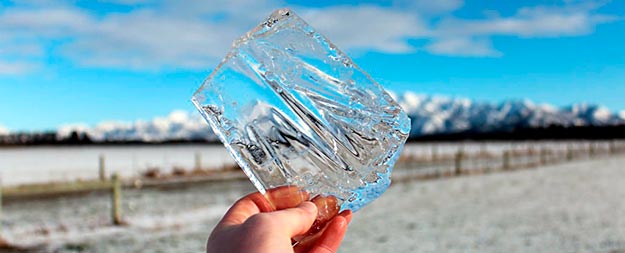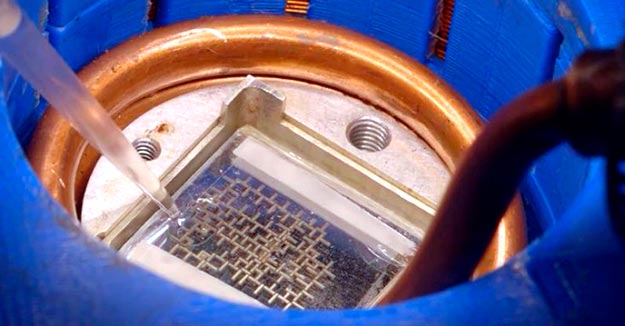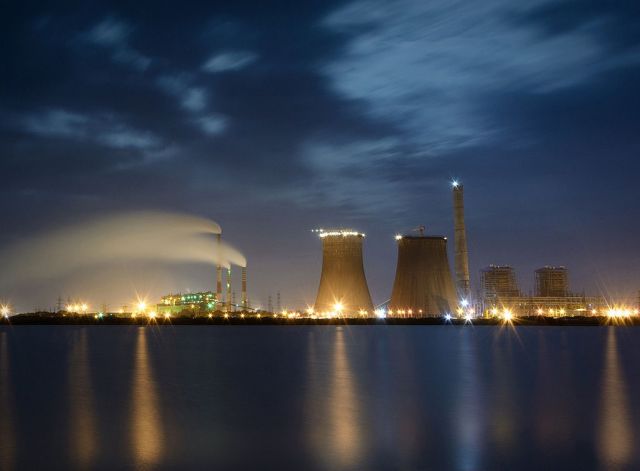Water is one of the most fundamental molecules on Earth, and yet scientists are only just beginning to wrap their heads around how bizarre the substance really is.
Case in point: researchers have now discovered that water exists in not one, but two distinct liquid phases, each with big differences in structure and density.
Using X-rays to study H2O in unprecedented detail, physicists from Stockholm University in Sweden have provided evidence that the liquid water we know and love isn’t just a single phase, it is in fact a fluctuation between two forms – high and low density.
“The new results give very strong support to a picture where water at room temperature can’t decide in which of the two forms it should be, high or low density, which results in local fluctuations between the two” said one of the researchers, Lars G.M. Pettersson. Read more






